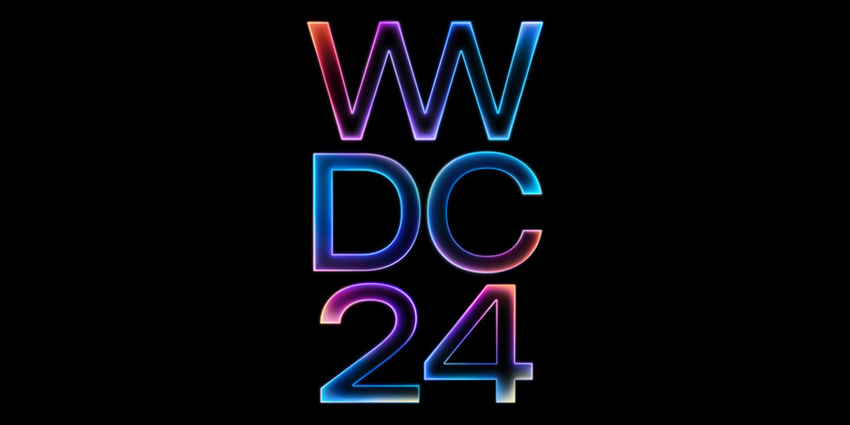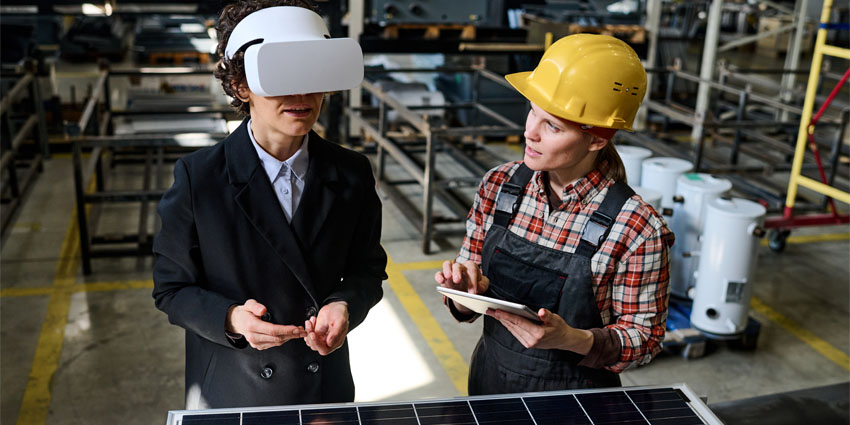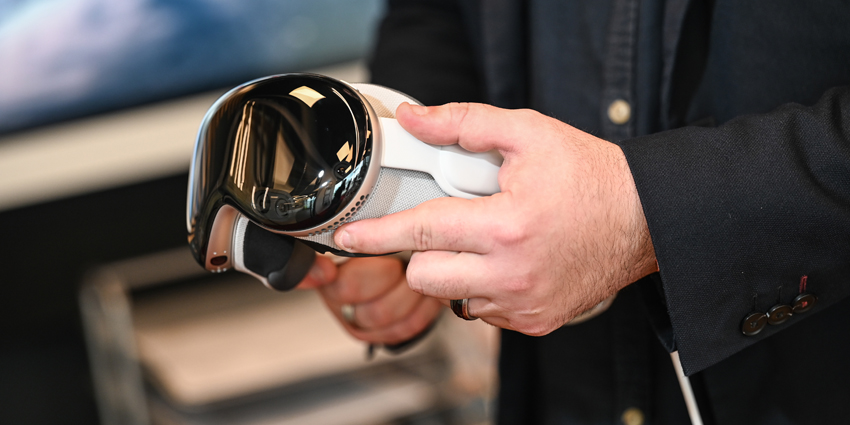With the rise of AR, VR and XR across various enterprises and advertising spaces, the increase in accessibility of WebAR has led to a surge of companies using WebAR engines to engage with potential customers. Creating a new and understood method of adding to the buyer’s journey.
With an increase in interest and usage, many hardware and software solutions are appearing to meet various needs of an AR buyer’s market from E-Commerce to Sports. And volumetric video is a strong solution being offered worldwide.
What is Volumetric Video?
Volumetric Video is vastly different to the more popular, 360-degree immersive video. 360 video is spherical in nature and is shot with out-ward facing, omni-directional cameras. This creates a flat image that is converted into a three-dimensional projection around the user.
Volumetric Video on the other hand, captures a location, object or person, records the volume of space they take up in a recording studio; in turn creating a hologram like recording. A large difference between these types recording methods is that in 360 video, the user looks out at an environment without much, if any user inputs (outside of head movement). But in a volumetric recording a user will look in on captured space, with many opportunities for interaction. Volumetric Video truly captures depth, with users able direct the video by zooming in or out; or even observing from different angles.
The ability of Volumetric Video means that developers do not have to spend extraneous amounts of time and money creating 3D models from scratch; as the targets are autonomously scanned in as part of the recording. With AR technology a user can project the chosen volumetric recording into their in real life space; like a hologram.
Examples of this is being used in training was seen last year in July, when Resilient XR gave NHS medical experts next generation training in diagnosing and treating Covid-19 patients.
Arcturus and the Holosuite:
Arcturus, a global leader in Volumetric Video post-production and streaming, has recently raised 5 million in a round of investments led by BITKRAFT Ventures and others; including names from telecoms and other media markets.
With core team members having worked with the likes of Netflix, YouTube and Dreamworks; Arcturus want to be the leaders in volumetric video across all vertical markets: “Revolutionizing the immersive content experience.” With the background Arcturus bring with them, they have the vision, support and skills needed to bring volumetric video to the forefront.
Arcturus are currently offering three products for any budding or experienced developers to use: Holostream, Holo Edit and Holocompute (an add on to Holo Edit). These products, umbrellaed under Holosuite, look to support all stages of post-production, with a focus on editing and streaming.
What does the Holosuite Offer:
Holostream works to create seamless AR experiences by using adaptive bit rates that match the quality of an individual user’s bandwidth; this is to produce AR experiences with few networks driven quality drops.
Holoedit and Holocompute work in tandem with each other, Holoedit is a ground breaking piece of software and first of its kind. Offering the first non-linear editor for volumetric video, akin to video editing software such as Adobe Premiere Pro or Avid media composer. Holoedit offers a conventional layered video editing system and within the layers developers can create digital skeletons of the video’s targets. Allowing for finite editing of, not only scenes and shots, but an added level of editing by defining edges of 3D volumetric actors.
With the amount of high-quality AR volumetric video data being edited, the hardware requirements to run Arcturus’ editing software dwarfs that of more conventional video editing suites. Holocompute is cloud service that looks to store and empower the editor with “fast, parallel processing for editing, stabilization, and compression”, potentially halting the glass ceiling of the heavy hardware specifications that comes with raw volumetric video files.
What Does this Mean for Enterprise?
Much like the way 360 degree video or drone videography increased in enterprise usage as the hardware become more accessible and understood; as will volumetric video. With the Holostuite, Arcturus are providing the software and support that enterprises need to create their own volumetric video campaigns, workflows and teams.
Much like the parallel advancements of WebAR, volumetric video as it evolves can offer new ways for marketers to engage with their customers or for enterprises to train their staff. As with all developments in AR/VR/XR, there will be sometime needed to get customers more familiar with the technology.
But as proven with WebAR campaigns and research from the likes of Snap Inc or 8th Wall, the audience are quick to understand AR when they see it. On top of this, a general interest in AR is present, with Snap’s report (that they released alongside their AR spectacles) stated that by 2025, 75% of the global population and most mobile users will be AR adopters.
With such an interest in AR from the public and the current integration into enterprises world-wide, there is obviously room for volumetric video. With Arcturus offering the first, volumetric video post-production software, they are in a good position for enterprises looking to harness AR as best they can.







